Physicists can now simulate the interiors of black holes using high-powered computers–and it looks like science fiction authors were right: black holes could be portals for space travel.
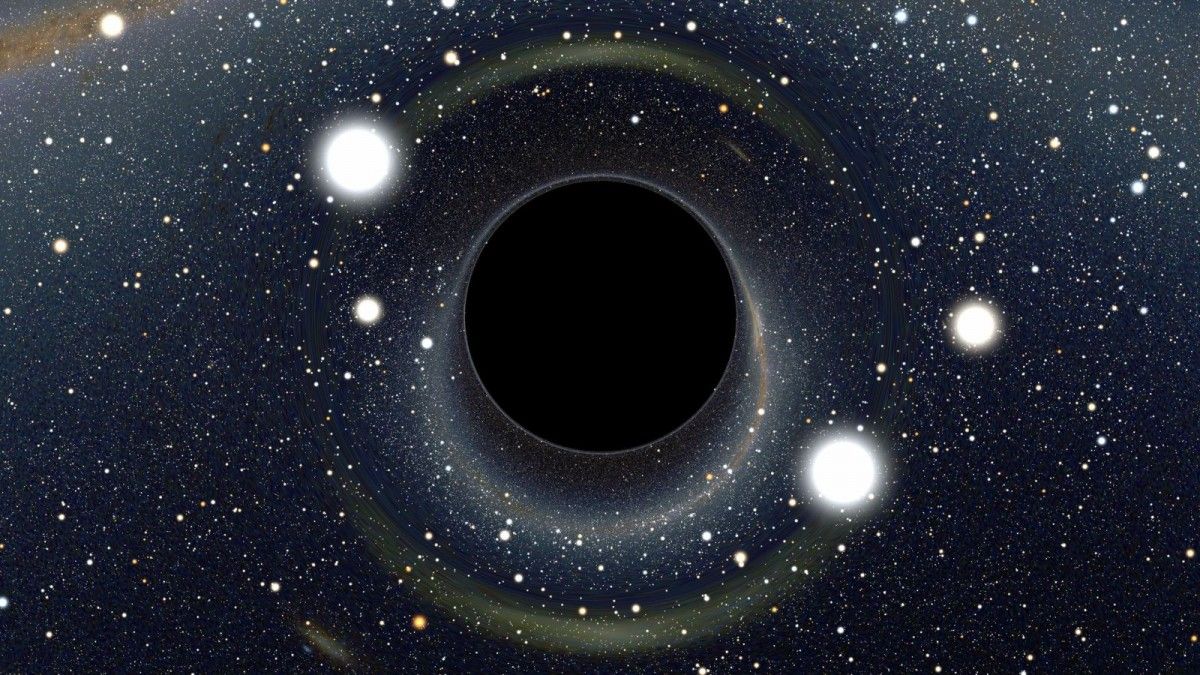

Physicists can now simulate the interiors of black holes using high-powered computers–and it looks like science fiction authors were right: black holes could be portals for space travel.
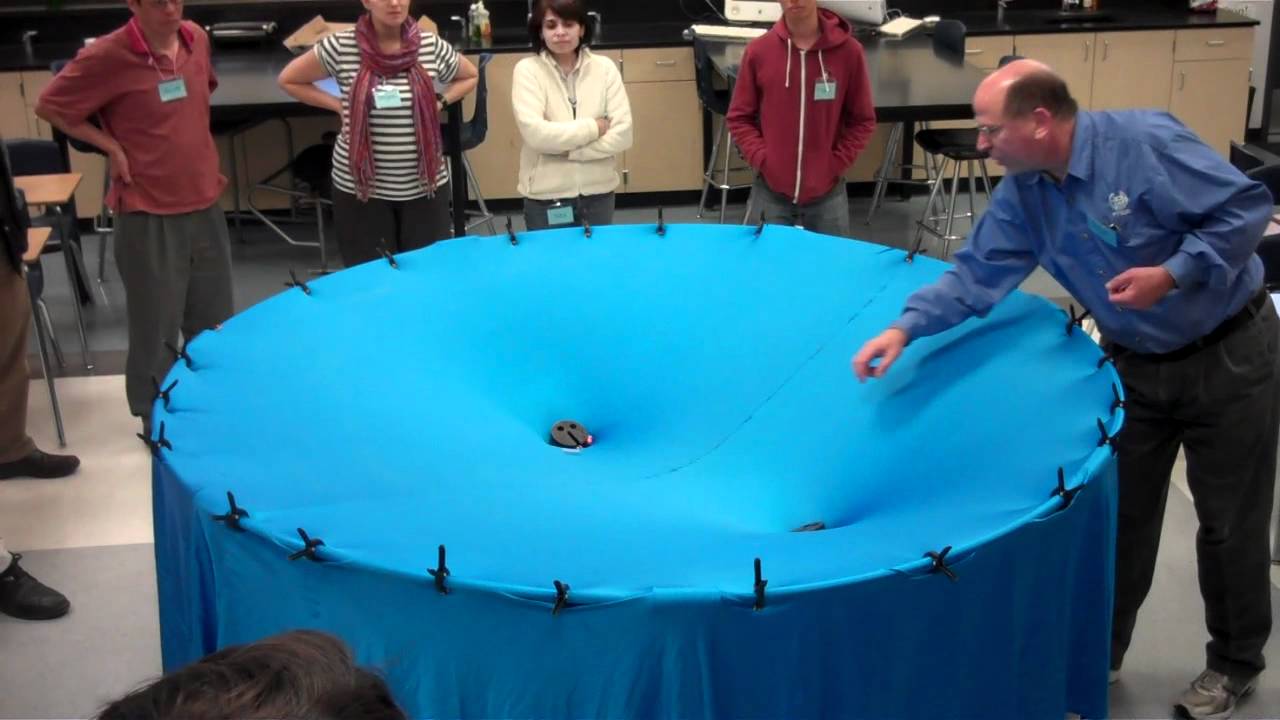
Physicists have been buzzing (or rather, tweeting) about the possibility that the Laser Interferometer Gravitational-Wave Observatory (LIGO) experiment finally discovered gravitational waves. LIGO has been searching for these cosmic ripples for over a decade. Last September, it upgraded to Advanced-LIGO, a more sensitive system that’s also better at filtering out noise. Advanced-LIGO has a much stronger chance of collecting concrete evidence of gravitational waves—if it hasn’t already.
Scientists may be excited, but talk of gravitational waves leaves most people scratching their heads. What are these cosmic vibrations, and why are they making waves in the scientific community?
What are gravitational waves?
Gravitational waves are disturbances in the fabric of spacetime. If you drag your hand through a still pool of water, you’ll notice that waves follow in its path, and spread outward through the pool. According to Albert Einstein, the same thing happens when heavy objects move through spacetime.
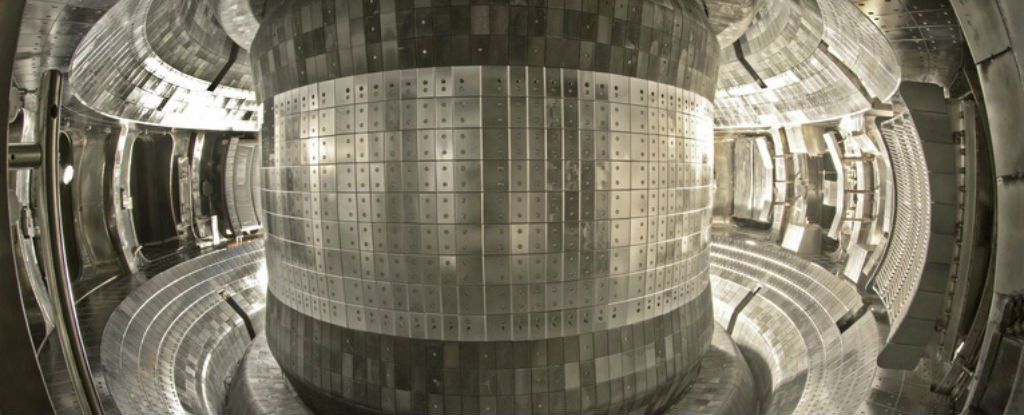
Just last week, we reported that Germany’s revolutionary nuclear fusion machine managed to heat hydrogen gas to 80 million degrees Celsius, and sustain a cloud of hydrogen plasma for a quarter of a second. This was a huge milestone in the decades-long pursuit of controlled nuclear fusion, because if we can produce and hold onto hydrogen plasma for a certain period, we can harness the clean, practically limitless energy that fuels our Sun.
Now physicists in China have announced that their own nuclear fusion machine, called the Experimental Advanced Superconducting Tokamak (EAST), has produced hydrogen plasma at 49.999 million degrees Celsius, and held onto it for an impressive 102 seconds.
While this is nowhere near the hottest temperature that’s been produced by an experiment — that honour goes to the Large Hadron Collider, which hit a whopping 4 trillion degrees Celsius (250,000 times hotter than the centre of the Sun) back in 2012 — the team from China’s Institute of Physical Science in Hefei managed to recreate solar conditions for well over a minute.

The finding could help scientists achieve reliable room-temperature superconductivity, which would help pave the way for innovations like levitating trains.

“Later this year, during what passes for summer in Antarctica, a group of Chicago scientists will arrive at the Amundsen–Scott South Pole research station to install a new and enhanced instrument designed to plumb the earliest history of the cosmos.”
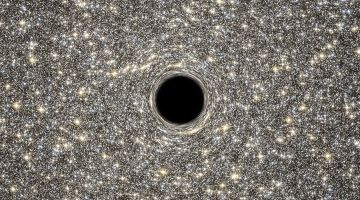
I do indeed think it solves he firewall problem, kind of trivially so. I am somewhat puzzled they didn’t even mention this in their paper.

Scientists are closer to changing everything we know about one of the basic building blocks of the universe, according to an international group of physics experts involving the University of Adelaide.

Understanding time is one of the big open questions of physics, and it has puzzled philosophers throughout history. What is time? Why does it appear to have a direction? The concept is defined as the “arrow of time,” which is used to indicate that time is asymmetric – even though most laws of the universe are perfectly symmetric.
A potential explanation for this has now been put forward. Physicist Sean Carroll from CalTech and cosmologist Alan Guth from MIT created a simulation that shows that arrows of time can arise naturally from a perfectly symmetric system of equations.
The arrow of time comes from observing that time does indeed seem to pass for us and that the direction of time is consistent with the increase in entropy in the universe. Entropy is the measure of the disorder of the world; an intact egg has less entropy than a broken one, and if we see a broken egg, we know that it used to be unbroken. Our experience tells us that broken eggs don’t jump back together, that ice cubes melt, and that tidying up a room requires a lot more energy than making it messy.
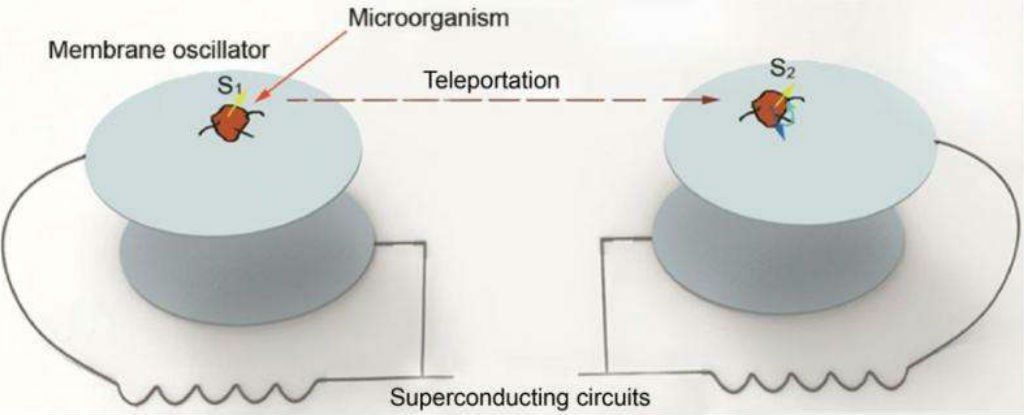
While the possibility of teleporting entire objects from one place to another like they do in the movies is way beyond our current — and near-future — capabilities, the same can’t be said for the memory of our existence.